Exploring unique art techniques can expand your creative horizons. Many rare and unusual methods offer distinct and mesmerizing results. This article delves into some of these fascinating techniques. From ancient practices to modern innovations, each method has a rich history and distinct charm. Discover the allure and history behind these extraordinary art forms.
Encaustic Painting
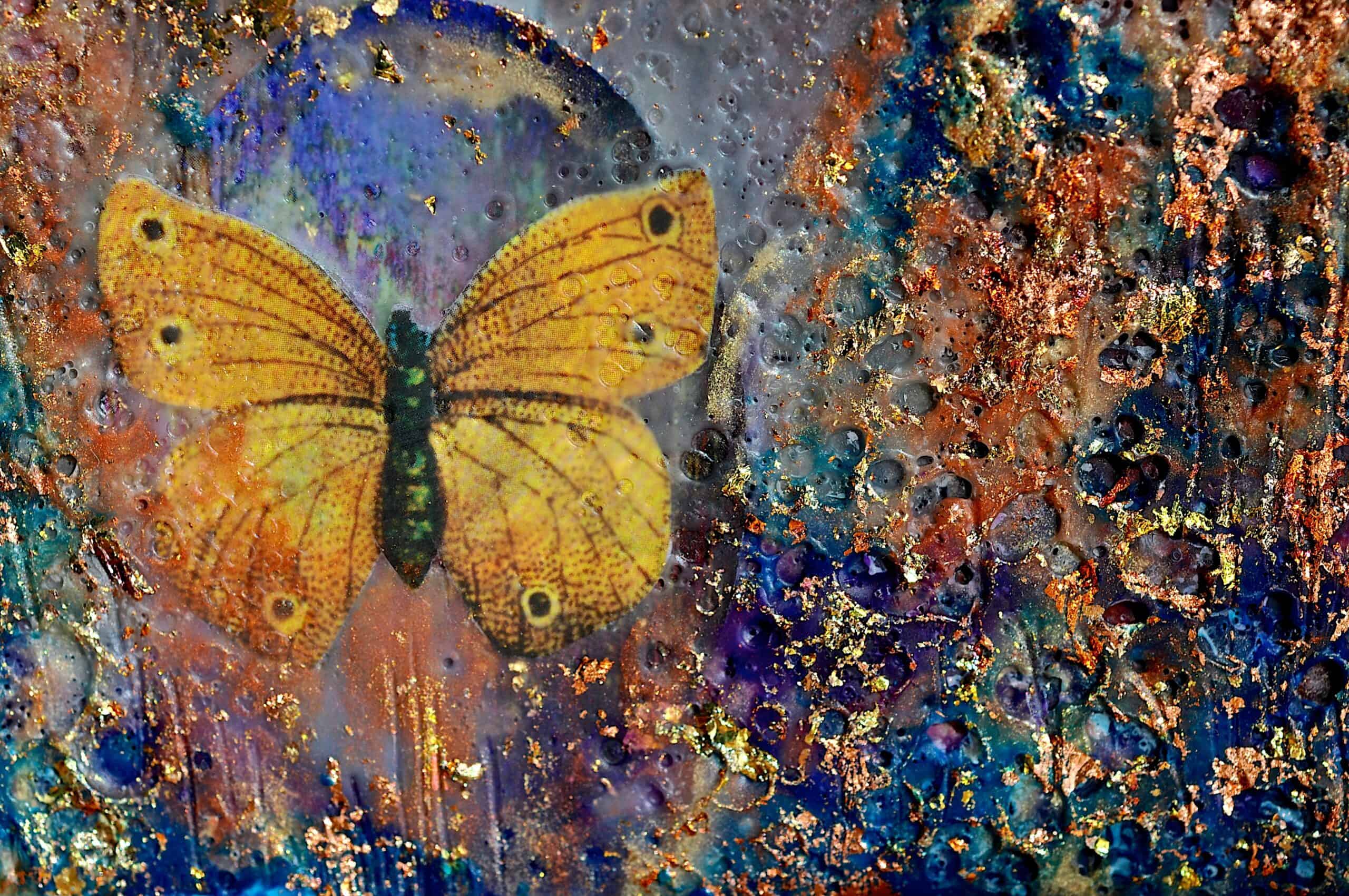
Encaustic painting, also known as hot wax painting, uses heated beeswax mixed with colored pigments. The technique dates back to ancient Greece around the 5th century BCE. Artists apply the molten wax to a surface, typically wood, and then fuse it using heated tools. This creates a rich, textured effect that is both durable and visually striking. The ancient Greeks used encaustic painting for portraits and religious iconography. Today, it is celebrated for its vibrant colors and versatility. Contemporary artists appreciate its ability to layer and create depth.
Reverse Glass Painting
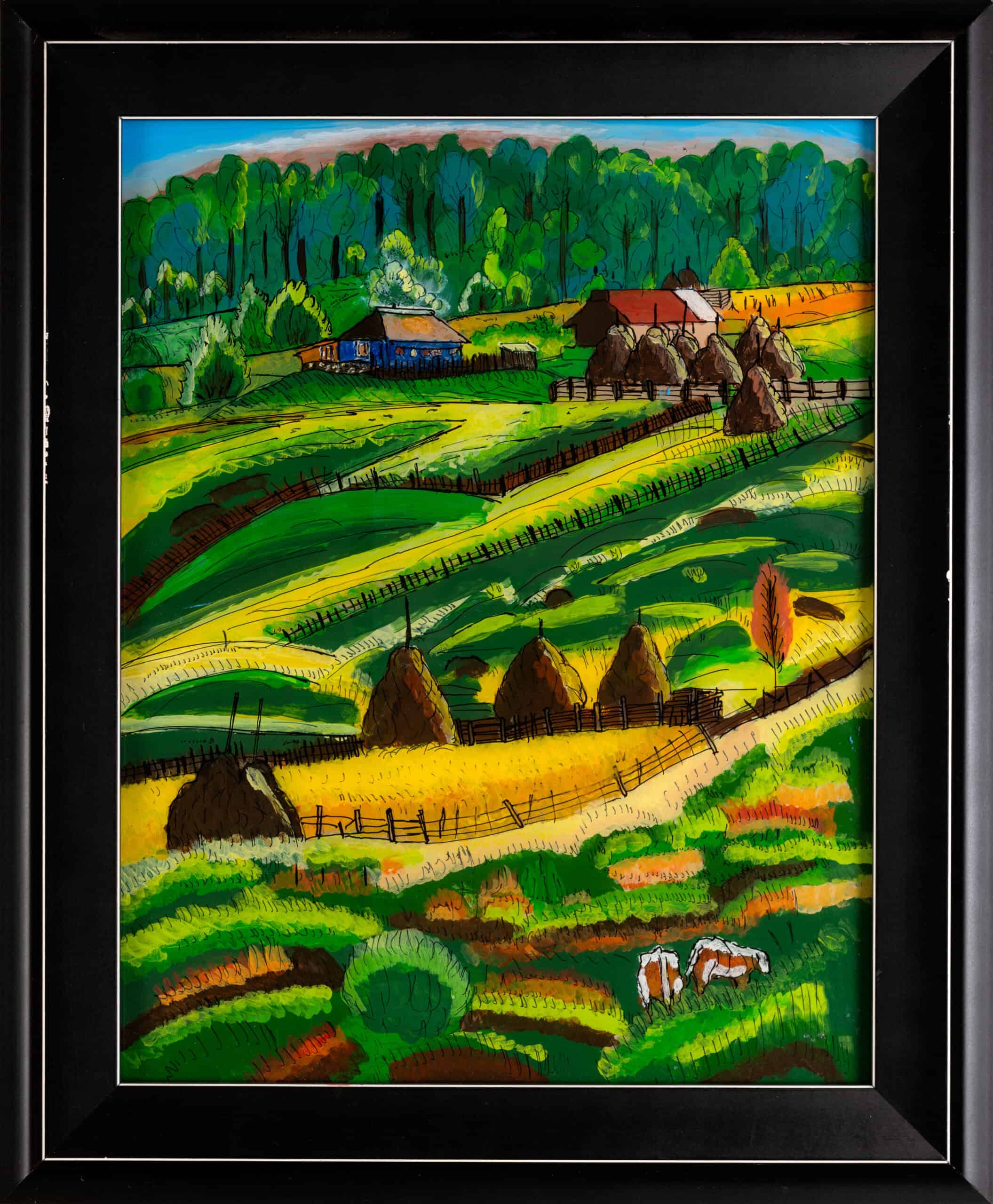
Reverse glass painting involves applying paint to the backside of a glass surface. Originating in the Middle Ages, it gained popularity in Europe during the Renaissance. The technique requires the artist to think in reverse, painting details first and background last. This method produces a smooth, glossy finish and vibrant colors. Historically, reverse glass painting adorned churches and homes with religious and decorative motifs. Today, it is appreciated for its unique visual impact. The method challenges artists to approach their work differently.
Suminagashi (Japanese Marbling)
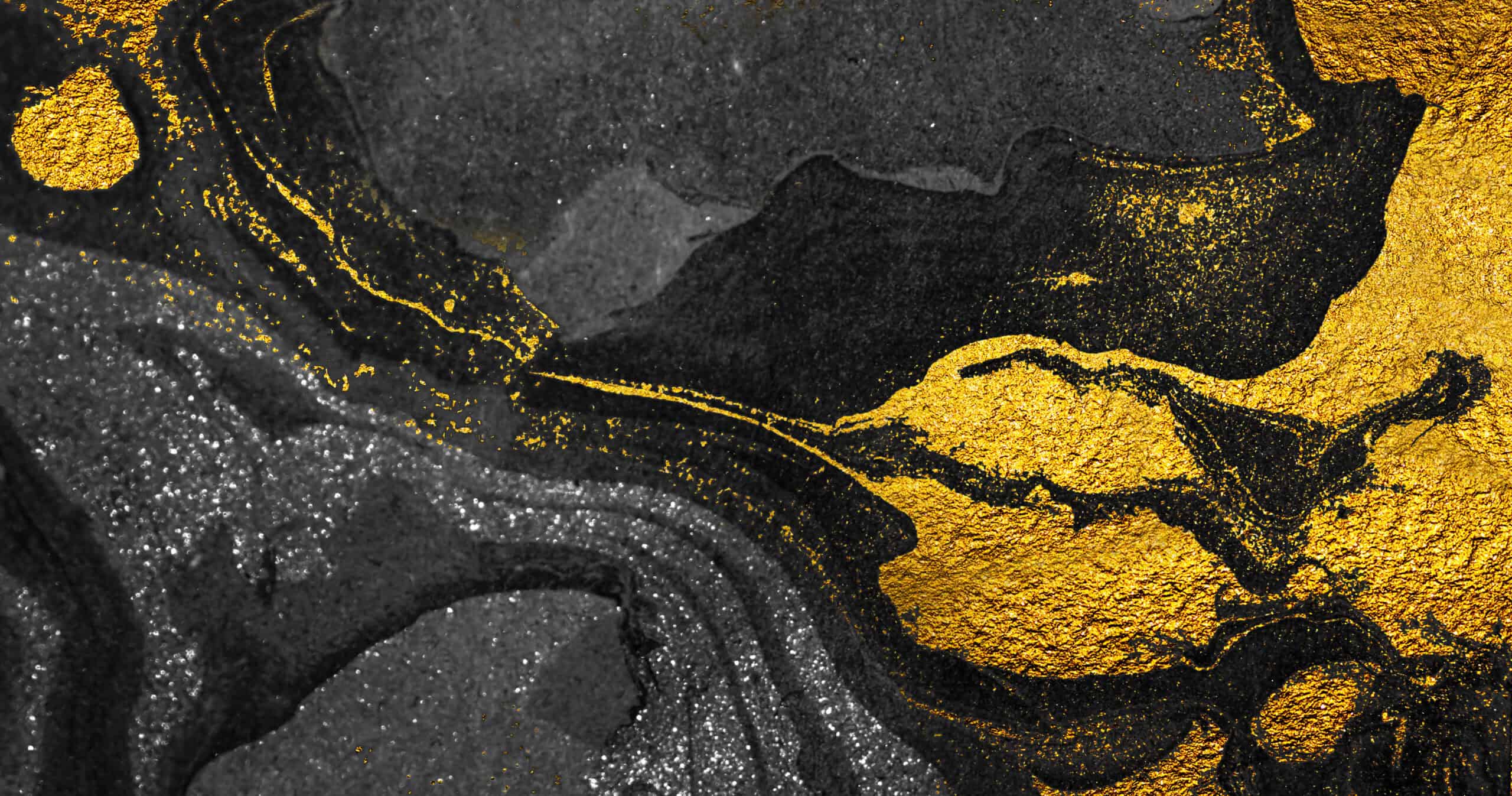
Suminagashi, meaning “floating ink,” is the ancient Japanese art of marbling paper. It dates back to the 12th century and involves floating ink on water and transferring it to paper. Artists gently blow on the water’s surface to create intricate patterns. Each piece is unique, reflecting the delicate balance of control and chance. The practice of Suminagashi was historically used for decorating manuscripts and official documents. Today, it is admired for its mesmerizing beauty and meditative process. Modern artists use it to create everything from book covers to fabric designs.
Ebru (Turkish Marbling)
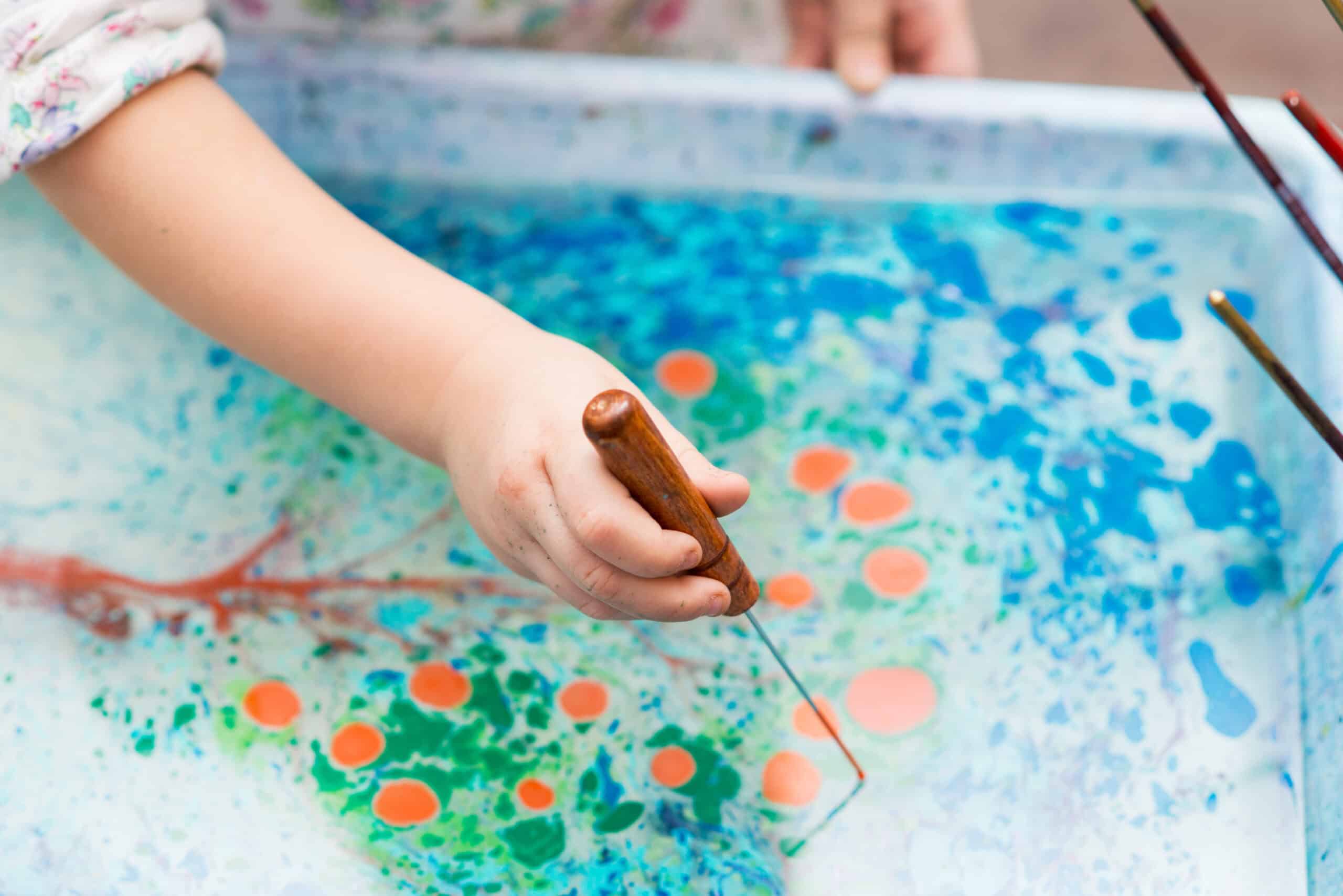
Ebru, or Turkish marbling, is a traditional art form dating back to the Ottoman Empire. It involves floating colors on water thickened with a viscous solution, then transferring the design to paper. The process creates intricate, swirling patterns reminiscent of natural stone. Modern artists and crafters continue to explore its applications in various media. Ebru’s blend of control and spontaneity makes it a captivating art form. Its rich history and stunning results ensure its lasting appeal.
Kintsugi (Golden Joinery)
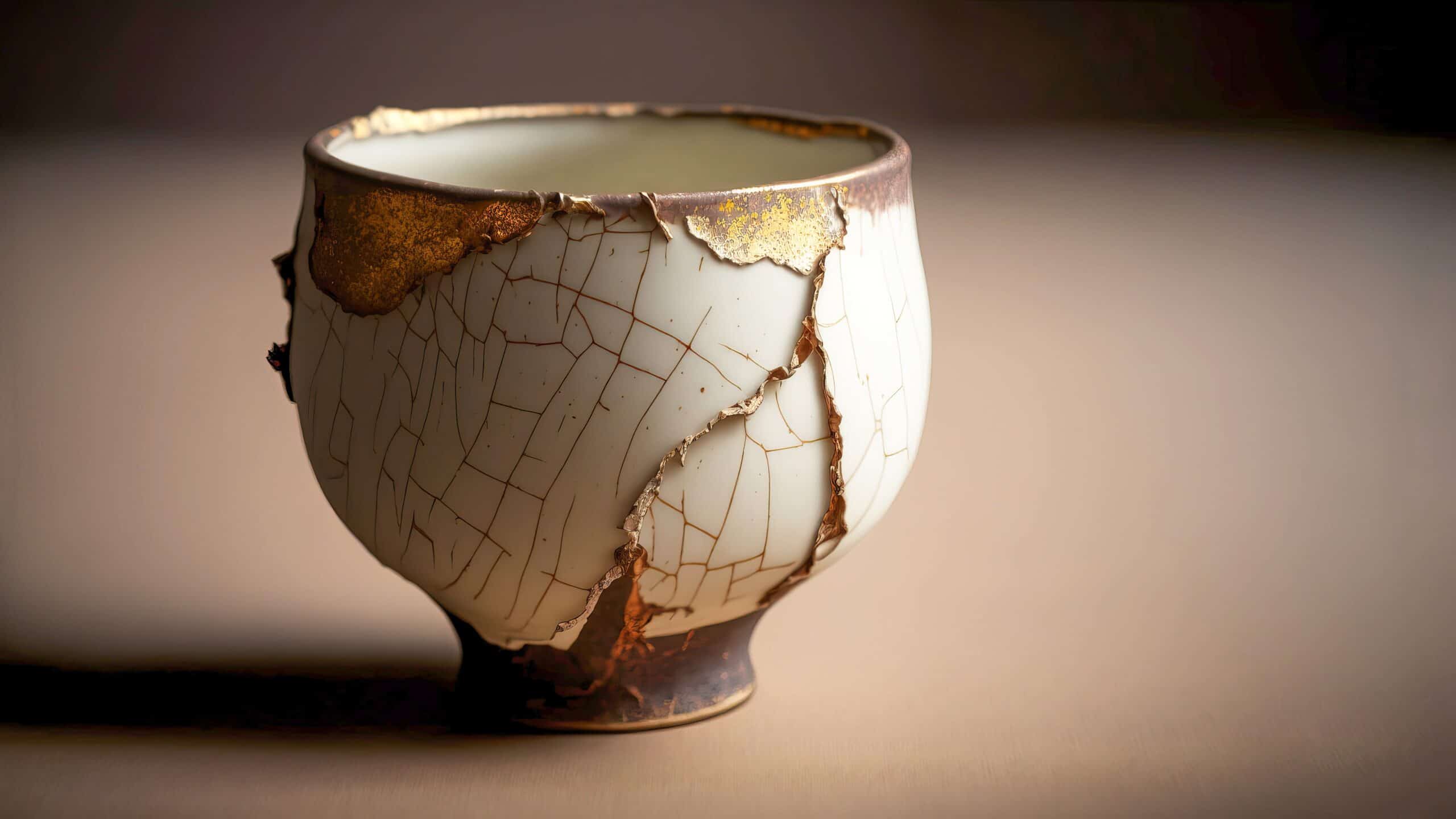
Kintsugi, meaning “golden joinery,” is the Japanese art of repairing broken pottery with lacquer mixed with powdered gold. This technique dates back to the 15th century and embodies the philosophy of embracing flaws and imperfections. Instead of hiding cracks, Kintsugi highlights them, creating unique and beautiful patterns. Kintsugi’s emphasis on resilience and beauty in imperfection resonates deeply in contemporary art. Its timeless message and elegant results make it a cherished technique.
Stippling
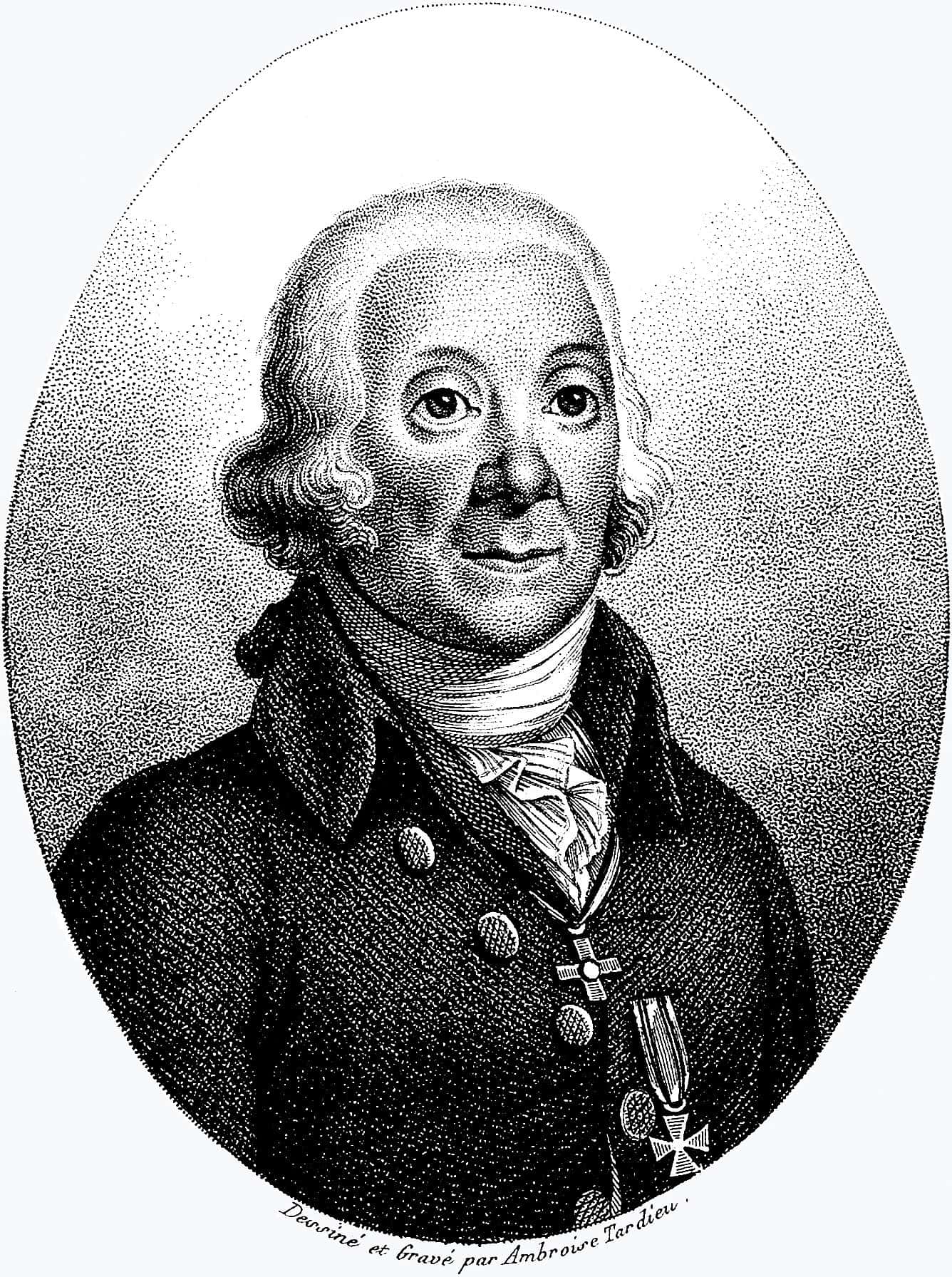
Stippling involves creating images using countless tiny dots of ink or paint. This technique dates back to the 16th century and requires immense patience and precision. Artists use varying dot density to create shading and depth, resulting in highly detailed and textured artworks. Stippling’s methodical process and striking results make it a beloved technique. Its timeless appeal lies in the meticulous craftsmanship and visual impact it offers.
Frottage

Frottage, from the French word for “rubbing,” is a technique developed by surrealist artist Max Ernst in the 1920s. It involves placing paper over a textured surface and rubbing it with a pencil or crayon. This method reveals the texture beneath, creating unexpected and intriguing patterns. Modern artists use it to add texture and depth to their work. Frottage’s blend of control and randomness makes it a fascinating technique. Its roots in surrealism continue to inspire contemporary creativity.
Decalcomania
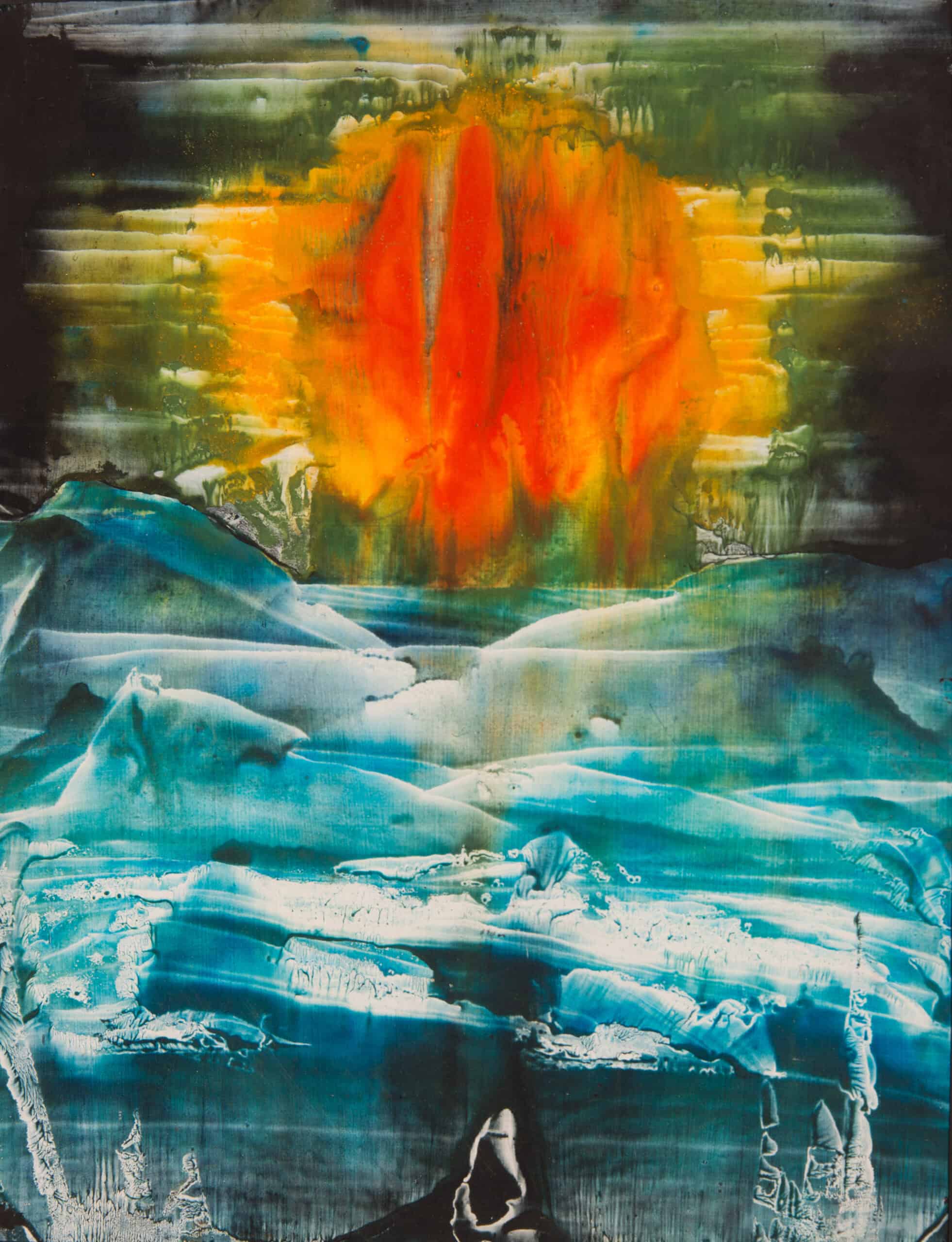
Decalcomania involves transferring images from one surface to another. The technique originated in the 18th century, gaining popularity in the 20th century. Surrealist artists, like Max Ernst, famously used it to create textured patterns. The process often involves pressing paint between sheets of paper and peeling them apart. Historically, decalcomania was used for decorative arts and ceramics. Today, it is celebrated for its spontaneity and abstract results.
Sgraffito

Sgraffito is a technique that involves scratching through a surface layer to reveal a different color underneath. This method dates back to ancient Greece and Rome. Artists typically apply layers of plaster or slip, then carve designs into the surface. The contrasting colors create striking visual effects. Sgraffito’s ability to create intricate designs with depth is highly valued. Its long history and versatile applications keep it relevant in contemporary art.
Mandala Art
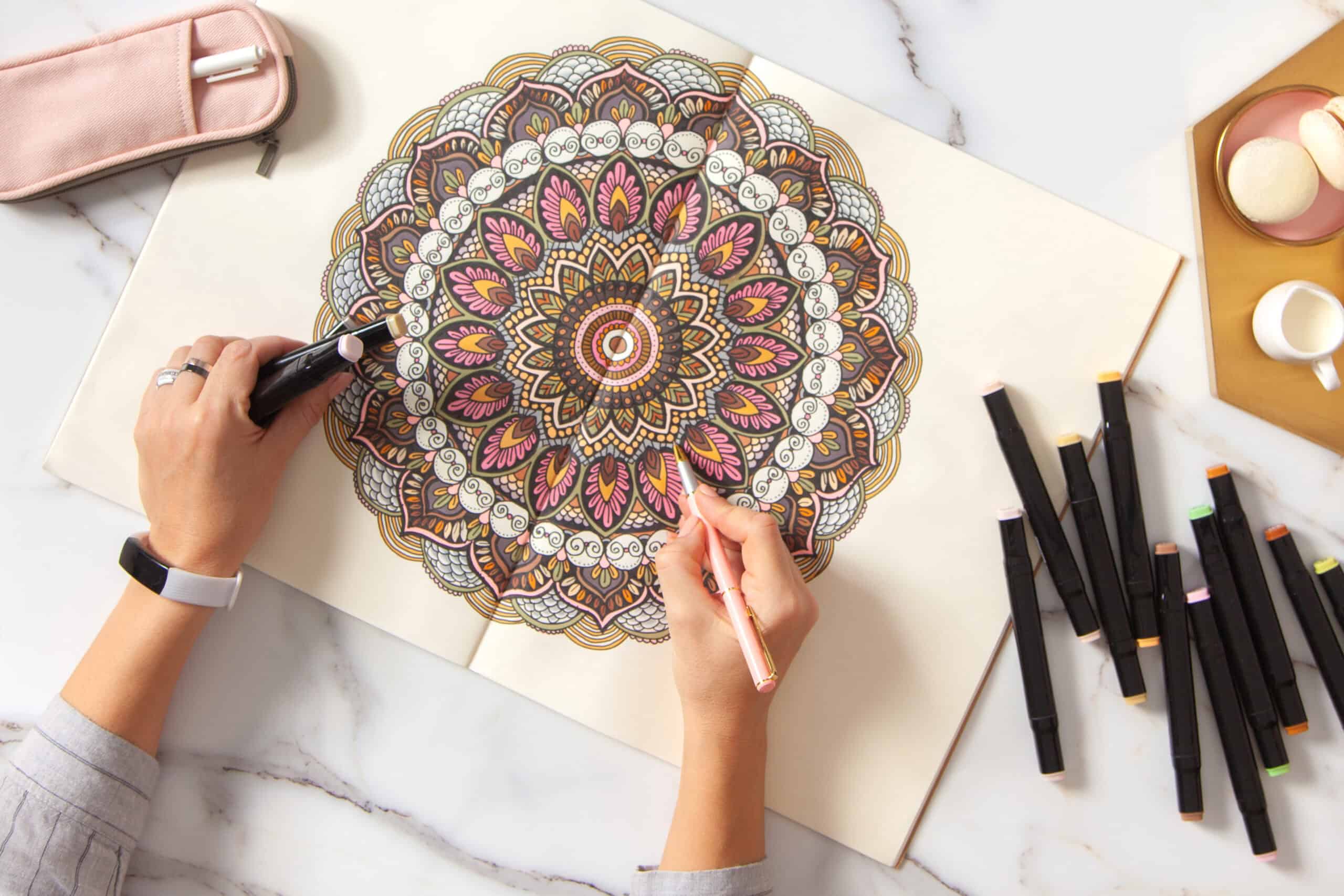
Mandala art features intricate, circular designs symbolizing the universe. This technique has roots in Hindu and Buddhist traditions, dating back thousands of years. Artists use geometric patterns to create balanced and harmonious designs. Each mandala is unique, reflecting spiritual and artistic expression. The detailed, symmetrical patterns are visually captivating. Mandala art’s blend of spirituality and aesthetics continues to enchant.
Origami Tessellation
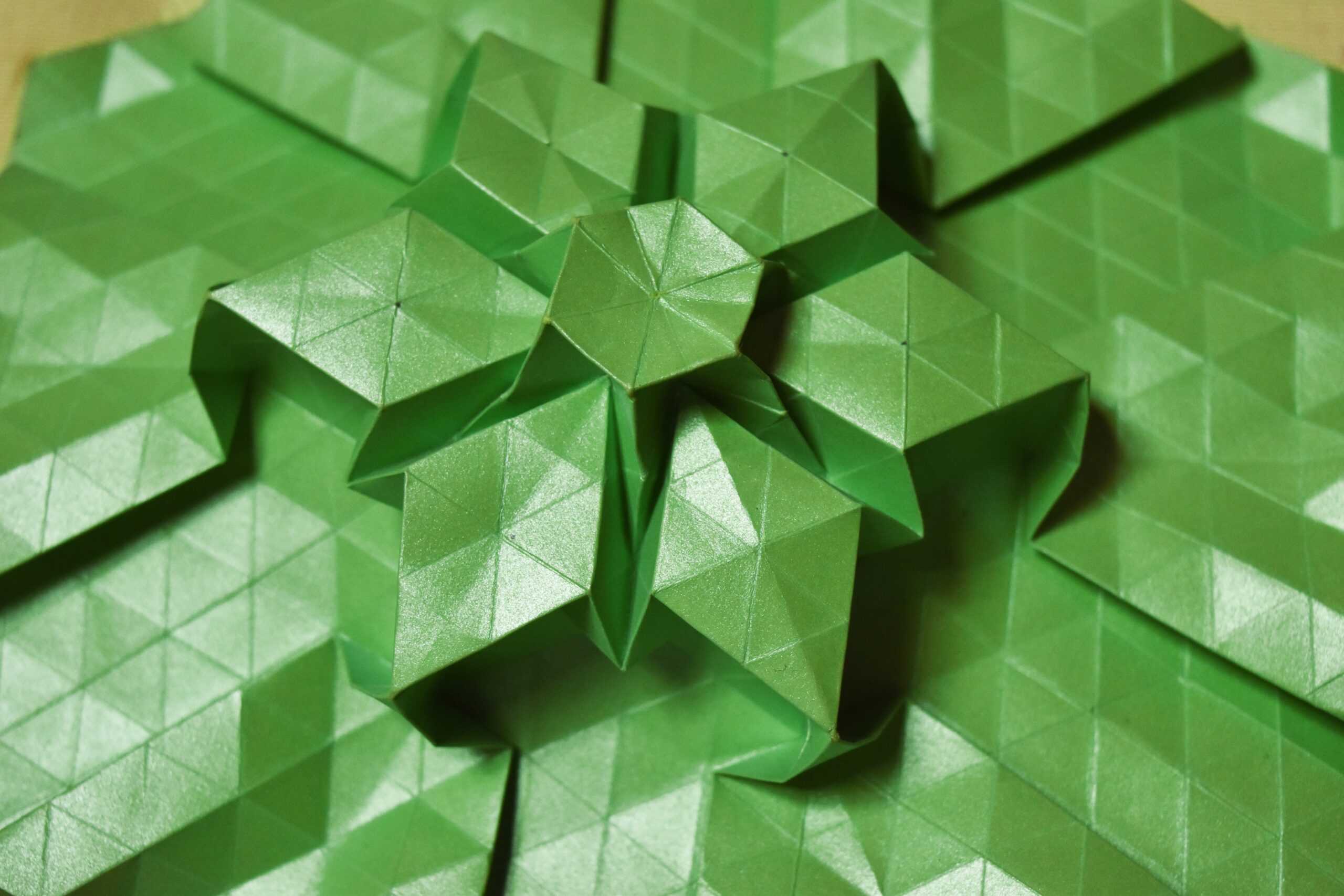
Origami tessellation involves folding paper into intricate, repeating patterns. This technique is an evolution of traditional Japanese origami. Artists create geometric designs that interlock, forming complex structures. The result is a stunning display of symmetry and precision. Origami tessellation’s precise folds create mesmerizing effects. Its combination of tradition and innovation makes it a unique art form.
Lithophane

Lithophane is a technique where images are carved into thin porcelain or wax. When backlit, these carvings reveal detailed, three-dimensional pictures. The technique dates back to the 19th century, originating in Europe. Artists meticulously etch designs to control light and shadow. Lithophane’s ability to create luminous, detailed images is unique. Its historical roots and visual charm continue to fascinate.
Pyrography
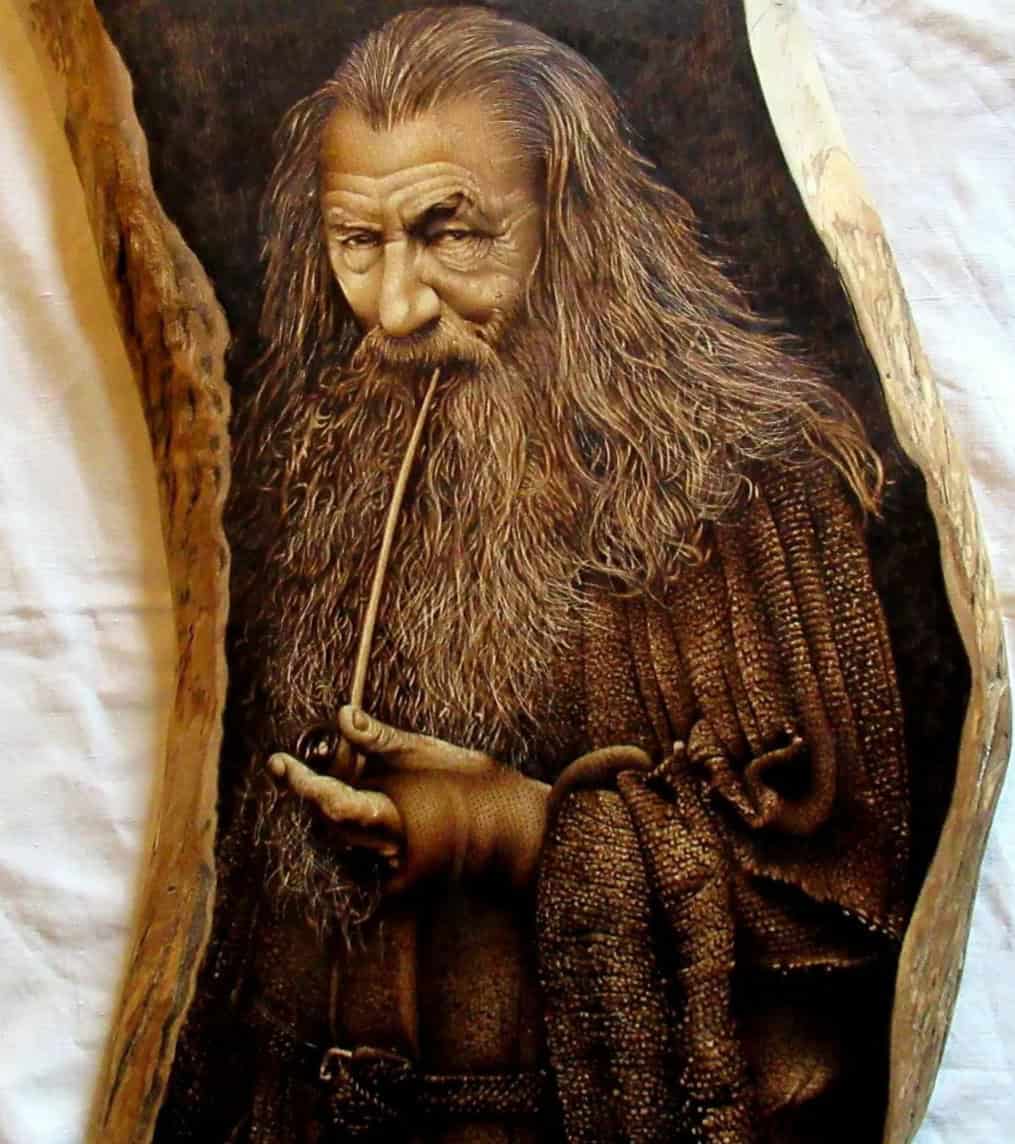
Pyrography involves creating designs by burning wood or other materials. This technique has ancient origins, found in cultures worldwide. Artists use heated tools to etch images into surfaces, resulting in rich, textured artwork. Modern artists appreciate its versatility and tactile quality. Pyrography’s ability to create detailed and permanent designs is highly valued. Its combination of tradition and contemporary practice makes it enduringly popular.
Raku Pottery
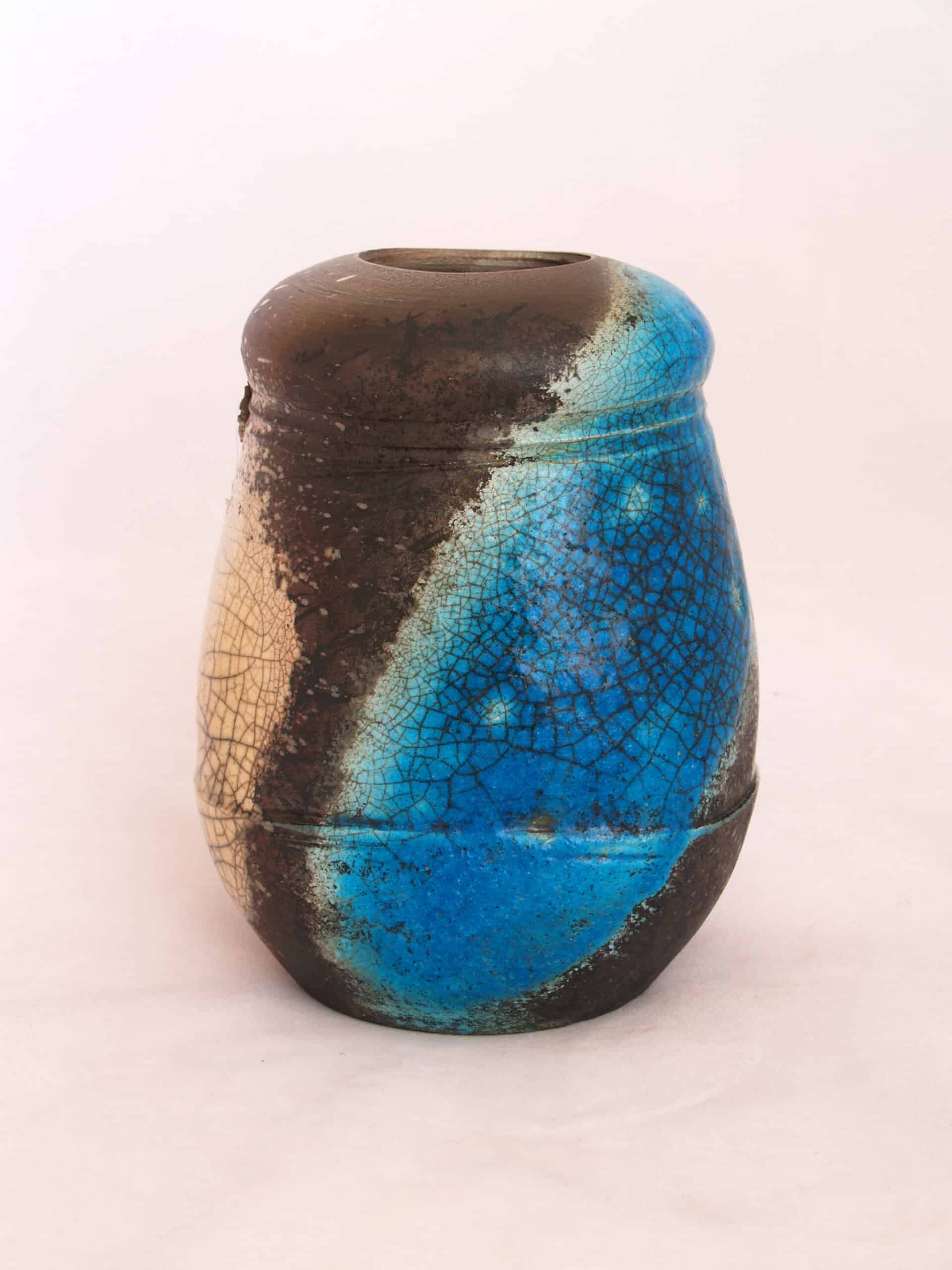
Raku pottery is a Japanese ceramic technique known for its unique firing process. Developed in the 16th century, it involves removing pottery from the kiln while red-hot. The pieces are then placed in combustible materials, creating distinctive patterns and textures. The technique’s spontaneous nature makes each piece one-of-a-kind. Raku pottery’s blend of tradition and innovation continues to captivate artists.
This article originally appeared on Rarest.org.
More from Rarest.org
15 Famous Battlefields to Add to Your Travel List

Exploring historic battlefields offers a unique glimpse into the past. These sites preserve the stories of pivotal conflicts and honor those who fought. Read More.
14 Unique Species of Alpine Plants
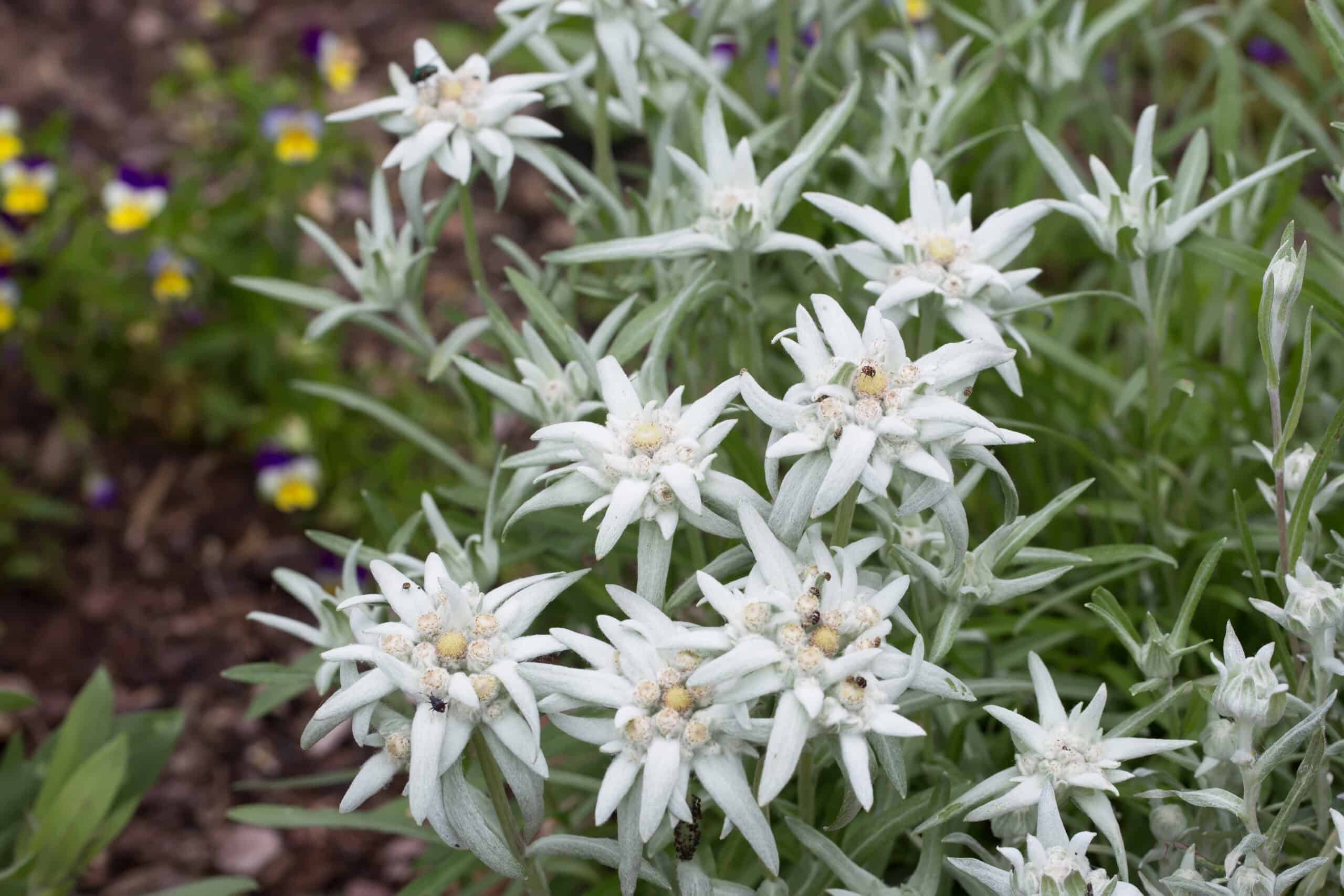
Alpine plants are known for their resilience and beauty. These plants thrive in high-altitude, harsh environments. Read More.
10 Most Sought After Retro Kitchenware
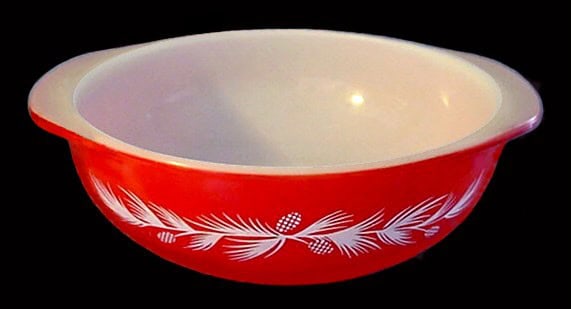
Retro kitchenware offers a nostalgic charm that continues to captivate collectors. From vibrant mixing bowls to elegant dinnerware, these vintage pieces bring both function and flair to any kitchen. Read More.
